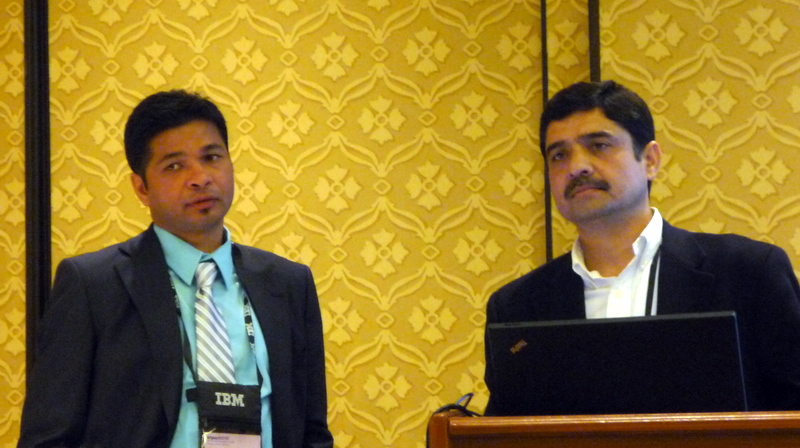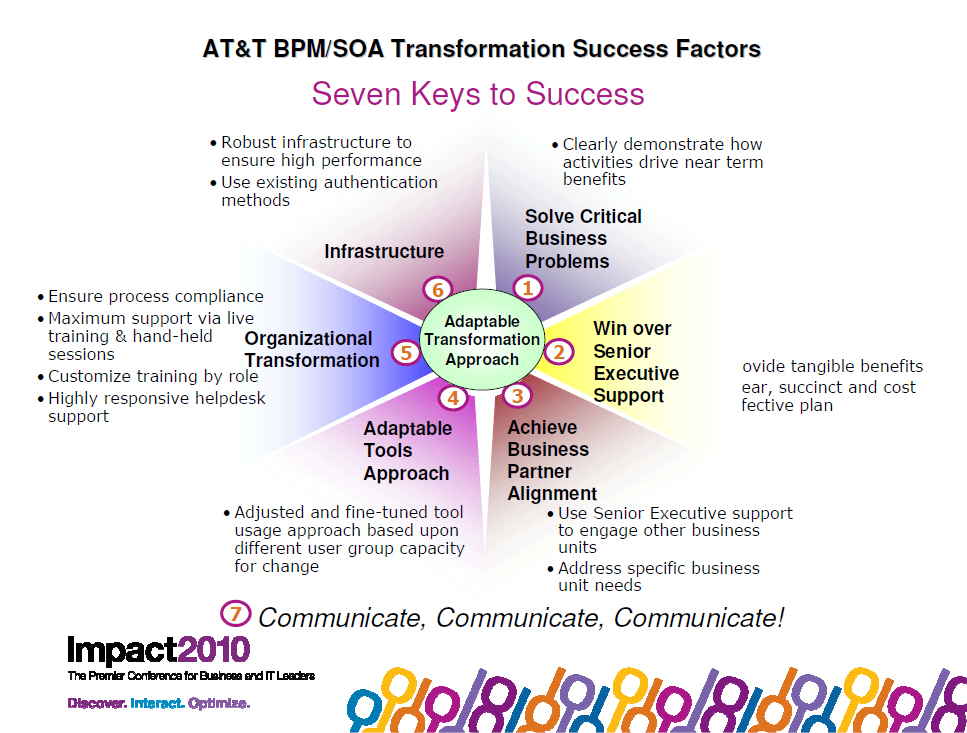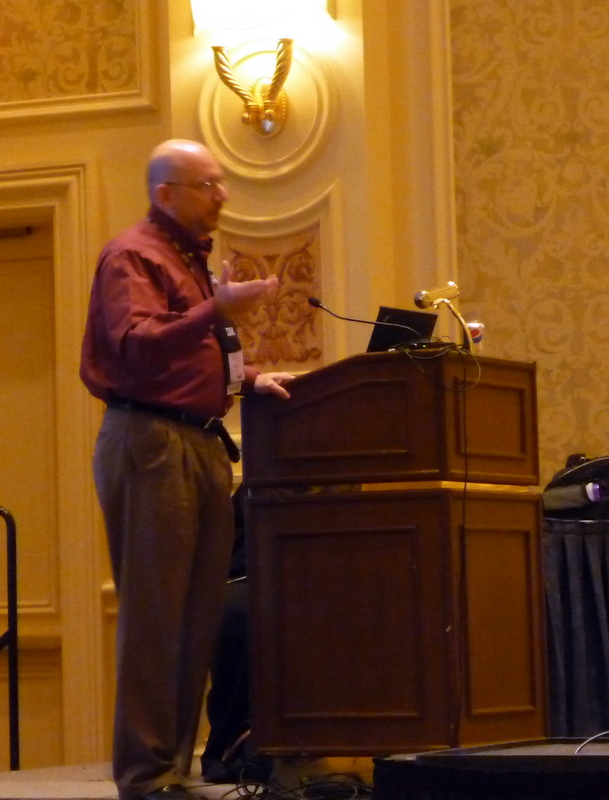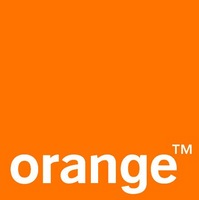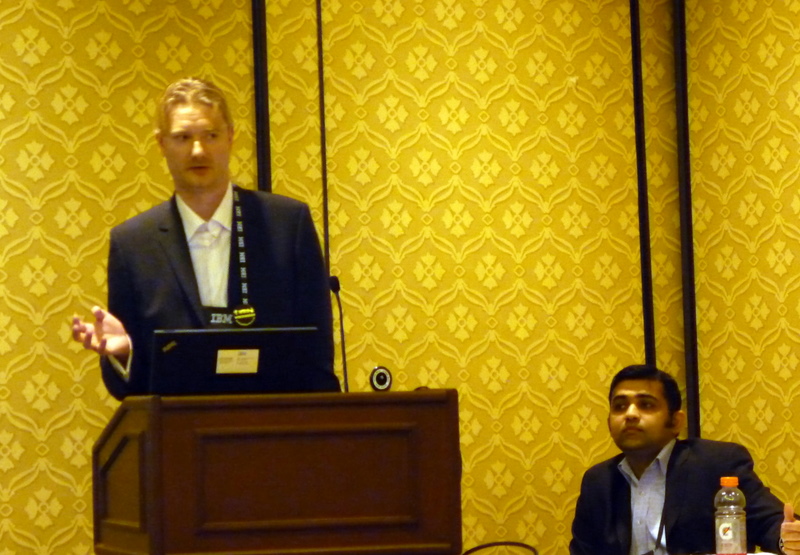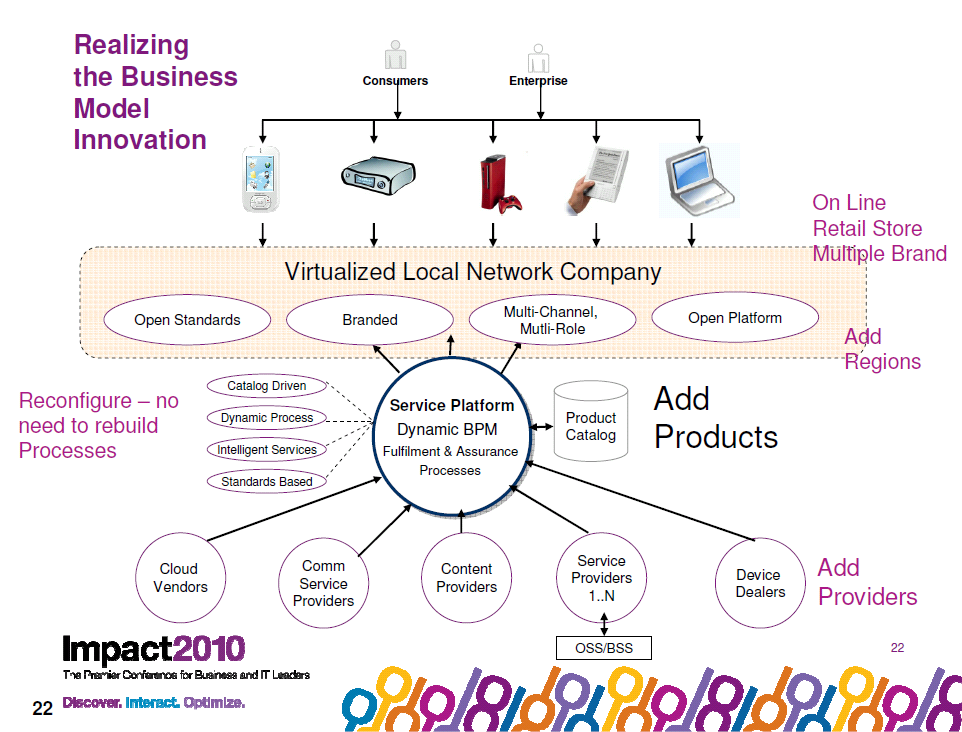Originally posted on 06May10 to IBM Developerworks (16,509 Views)
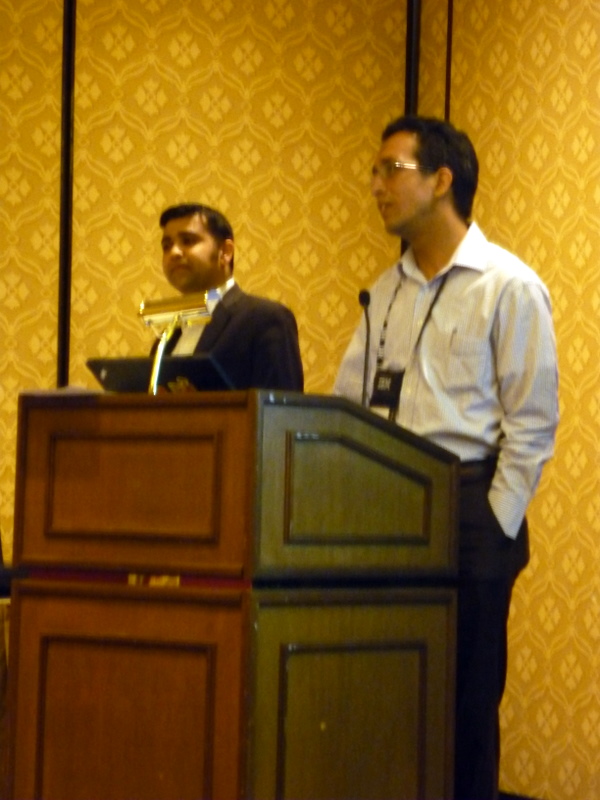
In Costa Rica, the government owned telco – ICE is being forced to open up it’s market to competitors because of the Central American Free Trade Agreement (CAFTA) that Costa Rica has joined. This represented a huge change for ICE who were a Power and Communications provider, without a competitor in their market, they didn’t have any competitive forces to push them to modernise their systems and processes. For instance, fulfilment of basic services took weeks as a result.
GBM, an IBM business partner and IBM Software group proposed to ICE that they base their new OSS/BSS architecture on the TeleManagement Forum’s Frameworx (eTOM, TAM, SID, TNA) – for which they used the WebSphere Telecom Content Pack and IBM Dynamic Process Edition to ensure ICE would have the standards compliance and dynamic BPM capabilities. By using WTCP and DPE, ICE reduced the effort required to build and deploy their new processes by an estimated 20-50%. A fundamental principle of Dynamic BPM is the Business Services layer which sits on top of the BPM layer which in turn sits on the SOA layer. A Business Service is abstracted up from the physical process. For instance, a business service might be ‘Check Technical Availability’ which would apply regardless of the service you are talking about – mobile, POTS or xDSL. These business services are defined within the Telecom Content Pack which enables system integrators like GBM to accelerate the architecture work on projects like this one for ICE.
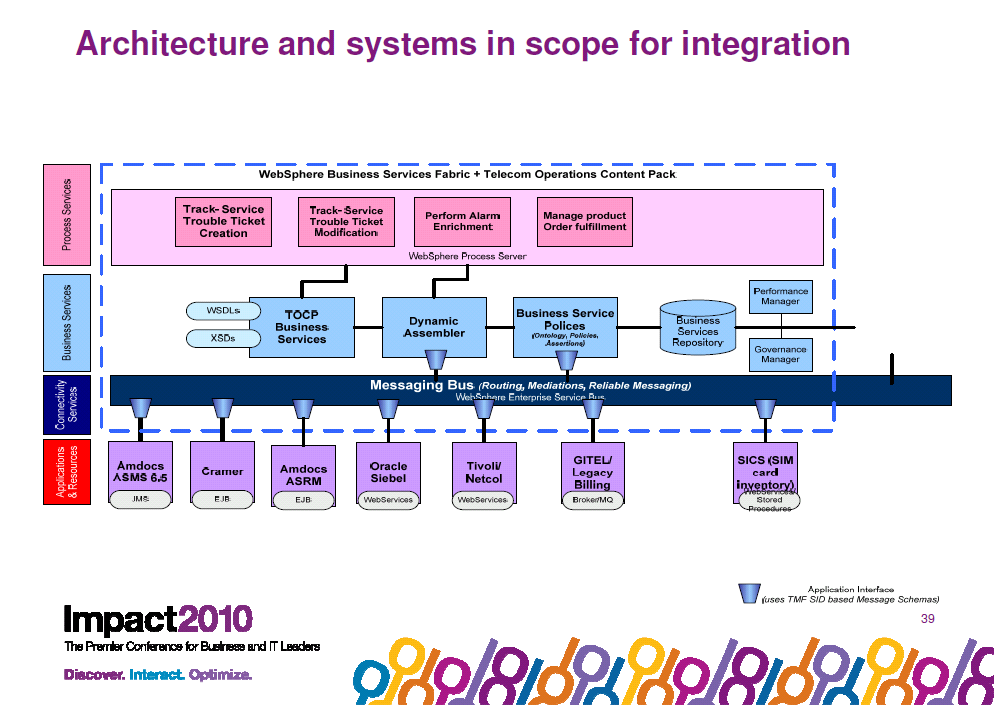
GBM made use of IBM’s Rapid Delivery Environment (RDE) – where they sent a number of their architects to the IBM Telecom Solution Lab in Austin, Texas for six weeks to conduct a proof of concept and to learn how to apply WTCP to a real customer situation such as that faced by ICE. The RDE allowed GBM to work with the IBM experts to build the first few scenarios so that GBM could continue the work locally in Costa Rica without a lot of assistance from IBM. The other benefit of using the RDE is to get access to the eTOM level 4,5 and 6 assets – the connections to the physical systems that the RDE has previously developed. For instance, the connection to Oracle Infranet Billing engine which can then be reused by other customers who also engage with the RDE.
GBM and ICE have not yet been able to measure that acceleration that WTCP and DPE provided, but anecdotal evidence suggests that it was significant. In preparation for CAFTA, ICE have already launched a 3G network and are preparing to launch pre-paid services in preparation to compete with several new operators that will enter the market this year.

